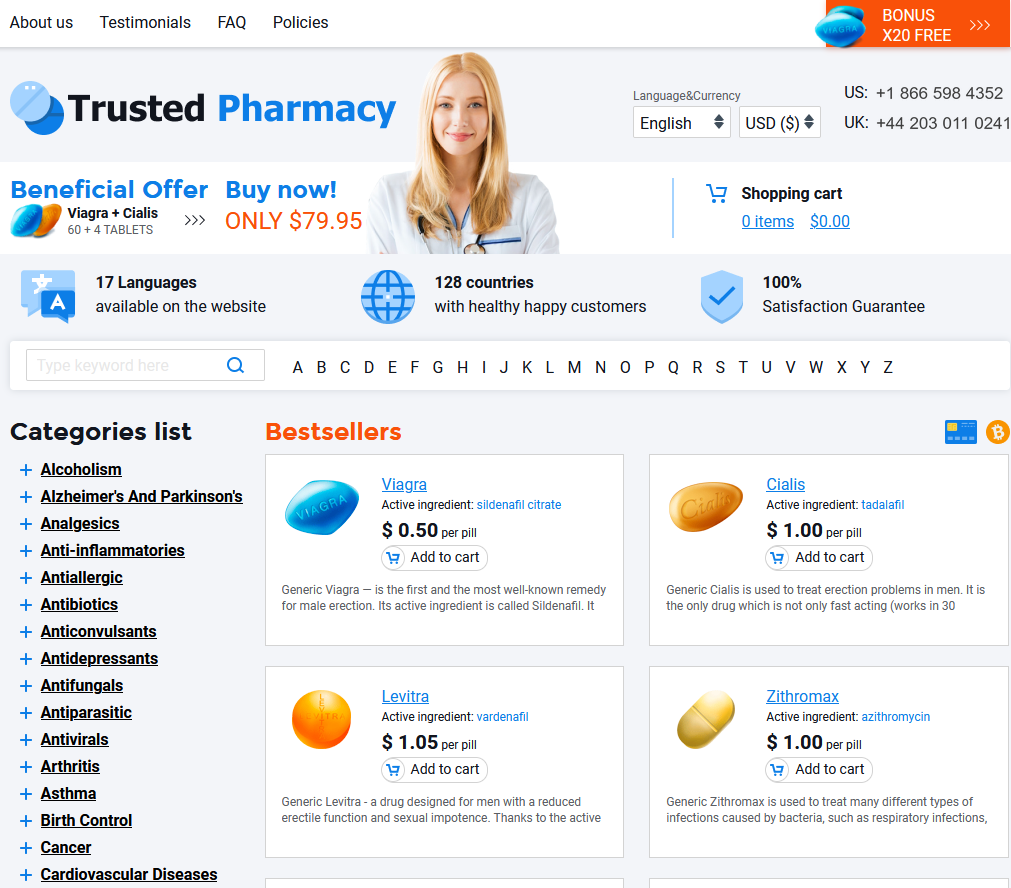 Keflex and Drug Interactions: What to Be Aware of
Keflex and Drug Interactions: What to Be Aware of
Understanding Keflex: a Quick Overview
Keflex, known by its generic name as cephalexin, is a commonly prescribed antibiotic in the Top 200 that effectively tackles bacterial infections. Its primary function is to halt the growth of bacterial cell walls, making it highly effective against a variety of infections. When you grab a tablet of Keflex from the pharm land, know it's often prescribed to treat infections like those of the respiratory tract, skin, and urinary system. Physicians write their sig on a prescription to ensure patients understand the dosage and duration. It's crucial to follow the directions carefully, as misuse can lead to antibiotic resistance.
| Property |
Details |
| Generic Name |
Cephalexin |
| Common Uses |
Respiratory, skin, urinary infections |
| Action |
Inhibits bacterial cell wall synthesis |
The magic of its action stems from its ability to disrupt the formation of bacterial cell walls, rendering them vulnerable and ultimately causing their downfall. For patients, it’s not just about popping a pill; understanding the hard copy details provided on your Rx matters. Adhering strictly to the dosing, as outlined on that label, can be the dividing line between recovery and resistance. So, the next time you're at the drive-thru picking up your meds, ensure you're well-versed with the script to optimize your recovery and empower your health journey.
Common Medications That Interact with Keflex

As we dive into the world of Keflex, understanding potential interactions with other medications is vital. Notably, patients on oral anticoagulants like warfarin might find the 'script' for their dosage changing due to increased bleeding risks. Additionally, combining Keflex with certain high-dose diuretics can elevate potential nephrotoxic effects, requiring a cautious approach. Pharmacists conduct a 'DUR' to safeguard against such adverse combinations. For those managing diabetes, mixing Keflex with 'under the counter' sulfonylureas could amplify the risk of hypoglycemia. Moreover, Keflex, when used alongside certain 'Rx' medications for gout like probenecid, can affect drug clearance, necessitating careful monitoring and dose adjustments to ensure optimal outcomes.
Unusual Drug Combinations to Approach with Caution
Navigating the world of medications can sometimes feel like a walk through Pharm Land, especially when dealing with unique drug combos. When it comes to keflex, usually a reliable antibiotic, the stakes can escalate when mixed with certain compounds. Some patients may unknowingly engage in a cocktail of medications that heighten side effects or reduce effectiveness. From potential interactions with blood thinners to unpredictable reactions with probenecid, understanding these unusual mixes is crucial, much like needing a Stat response to avoid unwelcome surprises.
How Food and Alcohol Affect Keflex Efficacy

When integrating Keflex into your routine, understanding its interaction with food and alcohol is crucial. This antibiotic often comes with specific "Sig" notes on how to take it, which might include instructions about meal timing. While Keflex can be taken with or without food, consuming it with a meal can reduce stomach upset—a common hangover from antibiotics. However, juxtaposing it with alcohol is another story. Alcohol can impair your body's ability to combat infections effectively, which might compromise Keflex's efficiency. As you're counting and pouring your doses of Keflex, remember that moderation is key to optimizing therapeutic outcomes and maintaining well-being.
Recognizing and Managing Adverse Reactions
Navigating the challenges of adverse reactions with Keflex requires awareness and prompt action. Patients should monitor for common side effects such as nausea, which can resemble a hangover, and more severe reactions like allergic responses. Stat attention is critical if symptoms worsen, ensuring effective treatment adjustments. A comprehensive report is crucial for managing these reactions, considering all consumed medications, including any compounded "cocktail" therapies and fridge drugs that might interact unpredictably. Transparent communication with your pharmacist and healthcare provider ensures personalized care.
| Adverse Reaction |
Action Steps |
| Nausea |
Monitor and adjust diet if needed |
| Allergic Reaction |
Seek immediate medical advice |
| Drug Interactions |
Review full medication script with a healthcare professional |
Understanding potential reactions empowers patients to handle unexpected side effects calmly. It's vital to count and pour care into tracking changes in health, keeping a close watch on symptoms that deviate from the norm. Engaging in regular "Meds Check" sessions can clarify if Keflex is the right addition to one's regimen, avoiding unnecessary complications. Working closely with medical providers, patients can gain confidence in recognizing developing side effects and take appropriate measures to maintain well-being, steering clear of adverse outcomes.
Key Advice for Patients Taking Keflex
When embarking on a course of Keflex, patients should treat their script as a treasure map, following the Sig meticulously to ensure optimal efficacy. It's crucial to maintain consistent dosing intervals, creating a steady supply of the antibiotic in the body to combat infection effectively. Patients should be mindful of any signs of adverse reactions, such as rash or digestive issues, and report these to their White Coat promptly. Additionally, sticking to any dietary recommendations can help enhance the medicine's effectiveness. Discussing current medications, including OTC options, with healthcare professionals is vital to avoid the dreaded Label Sticker Shock from interactions. Engaging in open dialogue keeps patients informed and safeguards their health.
|